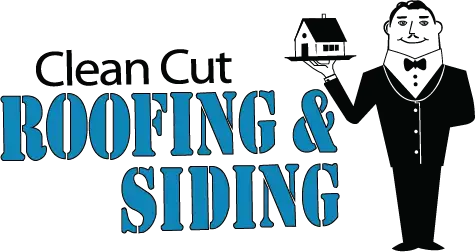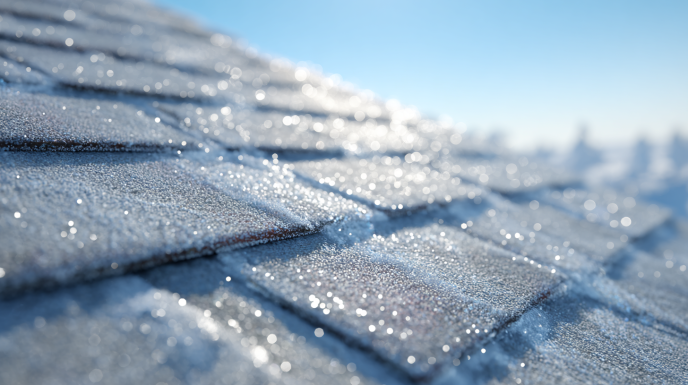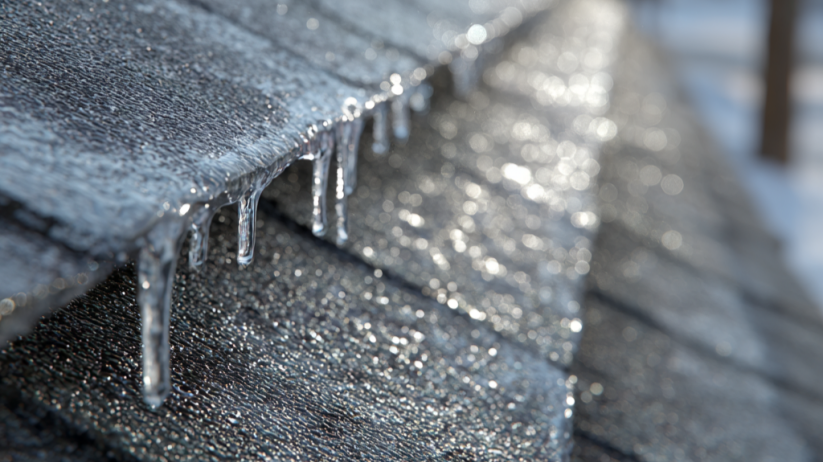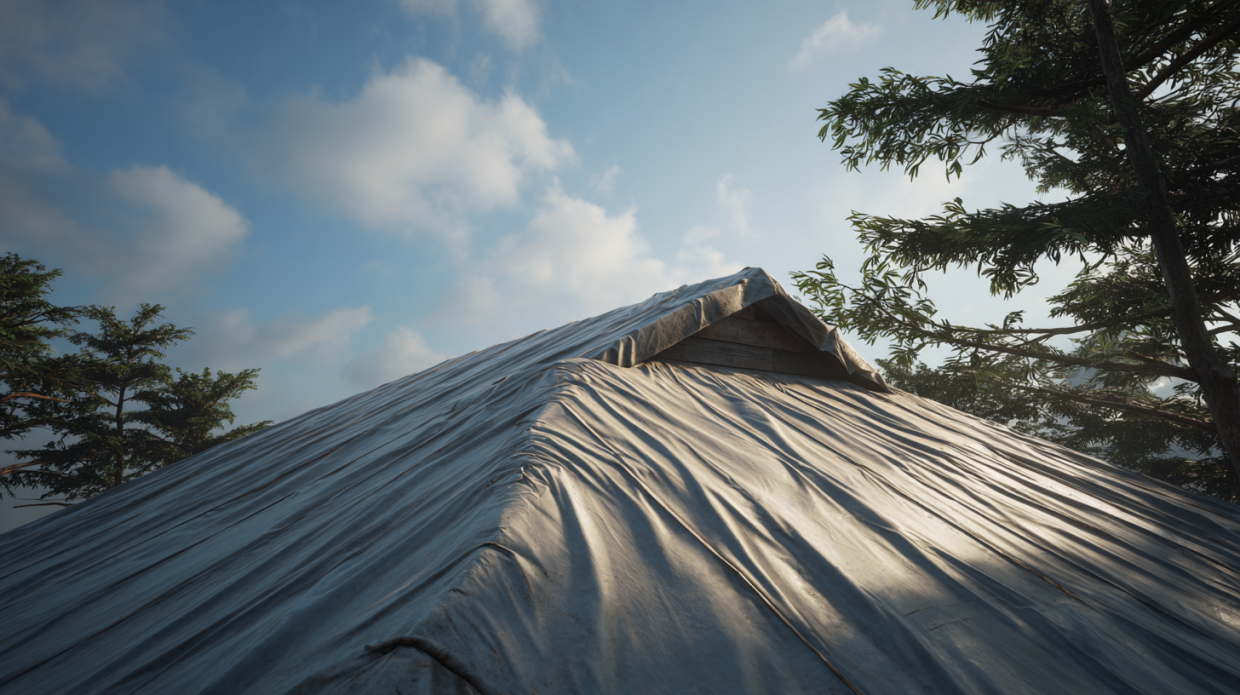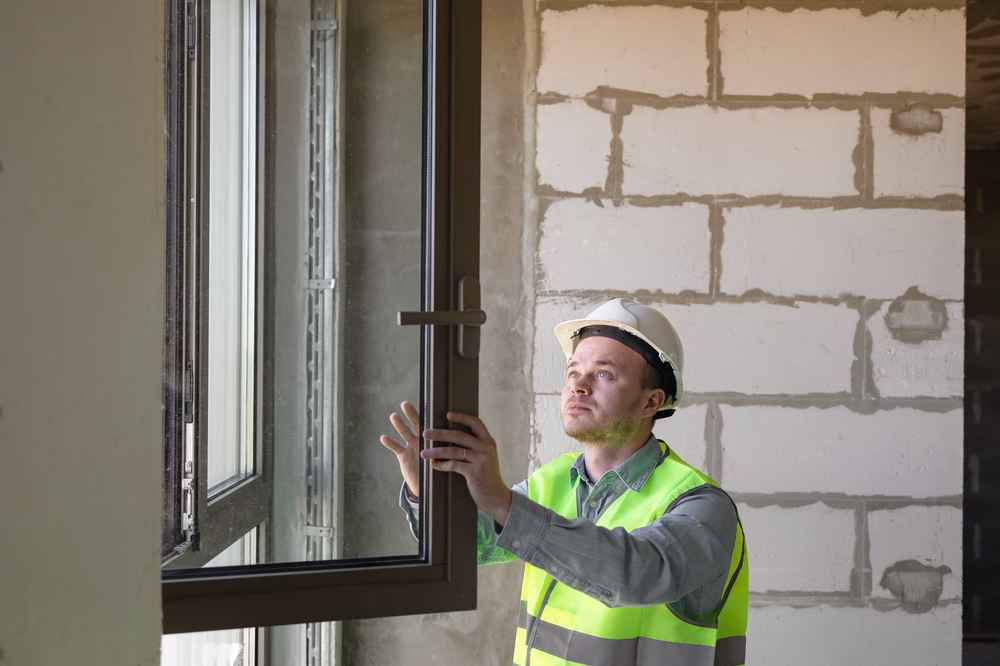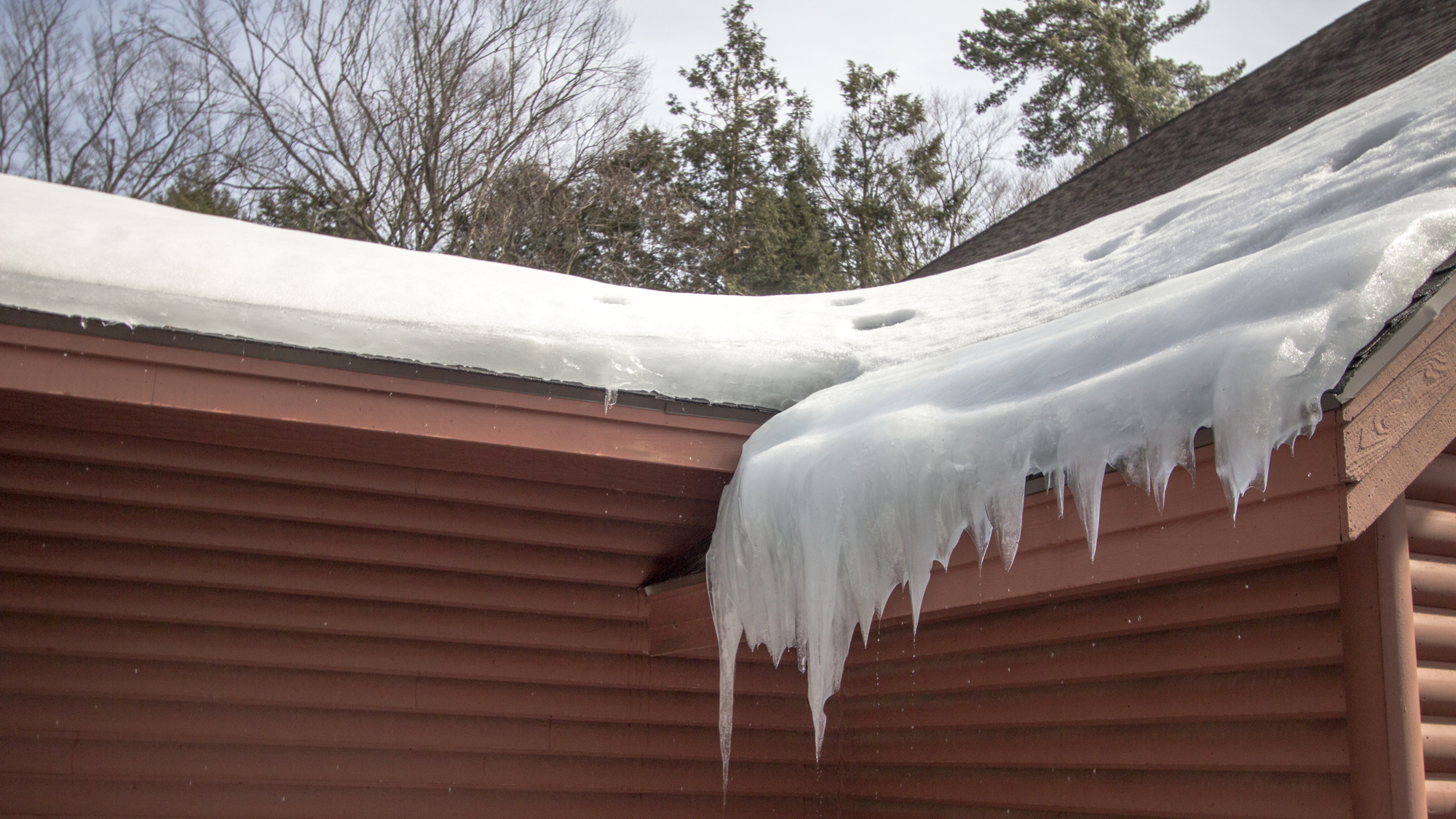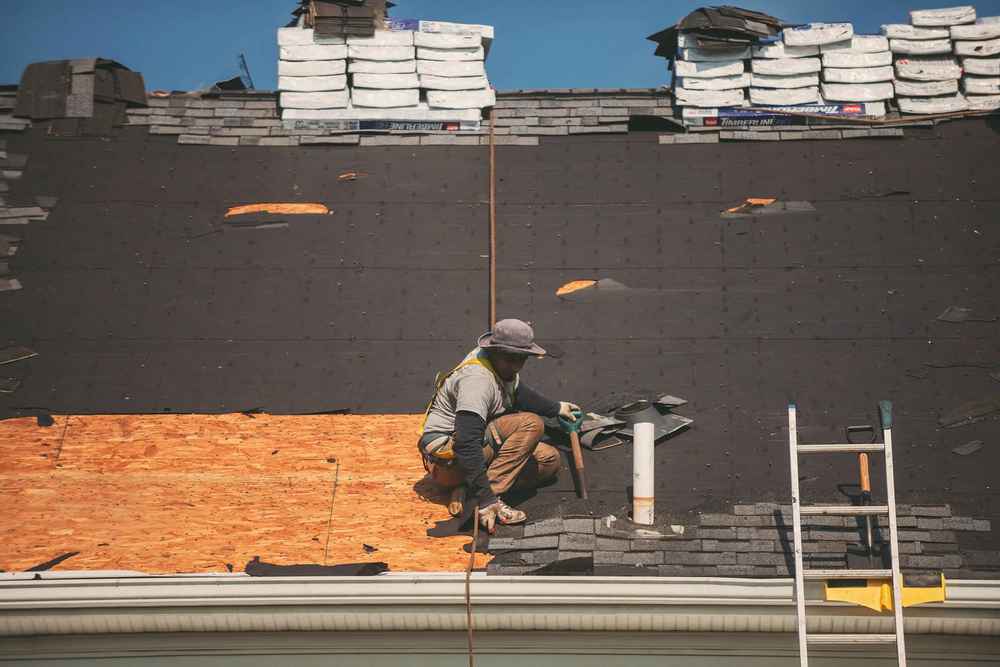Drone technology is transforming modern roofing, and if you’re considering a Utah drone roof inspection, you’re on the right track. Using advanced roofing technology, we can detect small issues before they escalate—and overall roof inspection costs can decrease as a result. In the first 100 words, we’re already focused on saving you time, preventing unexpected repairs, and helping you budget maintenance without climbing a ladder or risking safety.
This comprehensive guide shows how drone inspections benefit homeowners in Utah and nearby regions, how this method compares to traditional inspections, and why adopting this roofing technology early could save you thousands over your roof’s lifespan.
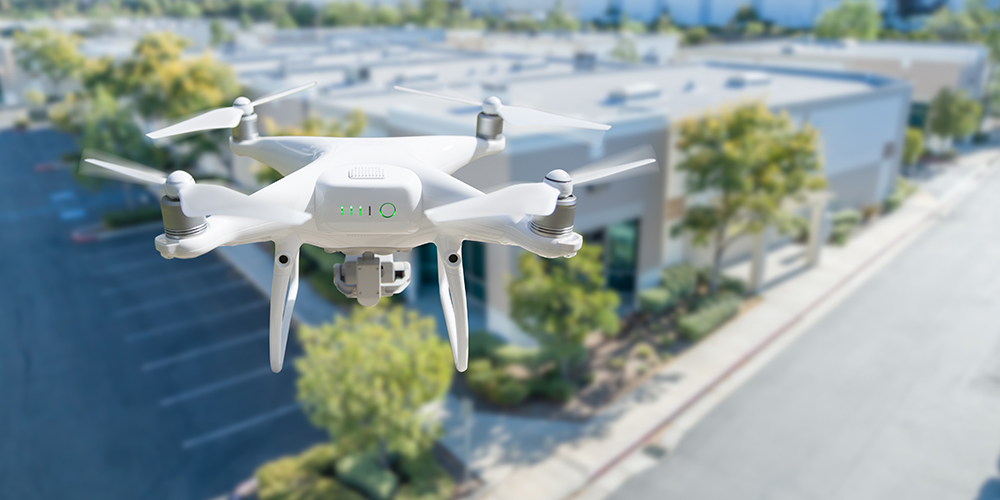
What Is a Utah Drone Roof Inspection?
A Utah drone roof inspection uses remotely piloted drones equipped with high-resolution cameras to survey your roof and capture precise images. At Clean Cut Roofing & Siding, we fly drones above your home to collect detailed footage of every angle—without the need for ladders, scaffolding, or disruptive walk-ons.
Why Drone Inspections Matter
- Eliminate risks associated with climbing on roofs
- Access hard-to-reach areas effortlessly (e.g., steep pitches)
- Obtain high-resolution visuals and advanced roof measurements
Drone vs. Traditional Inspection
| Feature | Traditional | Drone |
| Safety | Ladder access | No physical risk |
| Detail | Visual + tactile | High‑res and thermal imaging |
| Time | 1–2 hours | Often under 30 minutes |
| Cost | Higher labor costs | Reduced labor costs |
| Documentation | Hand‑written notes | Digital images, video, thermal maps |
Why Roofing Technology Cuts Inspection Costs
Early Issue Detection
Rust on flashing, cracked shingles, granule wear, and structural sagging are all visible from drone footage. Catching them early stops leaks and mildew before they develop.
Precision and Accountability
We mark exact GPS locations, zoom in on defects, and timestamp everything. When we share the report, you’ll have clear evidence of issues—and a prior inspection record that supports insurance claims or warranty coverage.
Reduced Labor and Repeat Visits
With roofers staying safely on the ground, costs drop. Plus, clear footage means we rarely need return visits—you see the problem zones once, we fix them efficiently.
Efficient Documentation
Drone files include footage, still photos, and annotated thermal scans. These generate full records, useful for future maintenance or home resale, adding value to your property.
Comparing Roof Inspection Costs: Traditional vs. Drone
Typical Traditional Roof Inspection Costs
A licensed roofer climbing and manually reviewing your roof ranges from $250–$500. Additional tasks like scaffolding, multiple workers, or difficult access can hike this to $700 or more.
How Drone Inspections Reduce Costs
Since we operate from the ground with a single pilot and minimal prep, drone inspections often fall between $150–$300 for a residential roof—saving $150–$400 upfront. The time savings add value too.
Long-Term Savings
The upfront cost of drone inspection results in long-term savings by:
- Detecting problems early
- Preventing major repairs
- Helping set realistic exterior maintenance budgets
Detecting More Than Surface Damage
Thermal Imaging: Beyond Visible Issues
Advanced drones can use thermal cameras to identify hidden attic moisture—potentially due to ventilation problems, compromised underlayment, or trapped condensation.
Structural Integrity Checks
High-resolution imagery allows us to detect sagging decks, deformed fascia, or signs of underlying wood rot before shingles show visible wear.
Roof Drainage Issues
Pooling water, clogged gutters, or weak drainage slopes can show up clearly in drone footage—letting us recommend effective corrective actions.
How This Helps Budget and Plan Repairs
Detailed Reporting Helps You Plan
Each inspection includes a color-coded PDF report with dated imagery, issue details, estimated repair costs, and urgency ratings. This helps you sequence repairs by priority.
Track Problem Areas Over Time
Repeatable drone inspections establish a history. Whether you’re maintaining your home or selling, a documented roof history adds credibility and reduces surprises during resale.
Negotiating with Contractors and Insurers
Backed by visuals and timestamps, you can present compelling proof during negotiations—enhancing warranty and insurance claim outcomes.
Why Drone Technology Is Ideal for Utah Homes
Steep and Complex Roofs
Utah’s architectural variety includes multi-tiered and steep-sloped homes. Drones access these areas safely without endangering workers.
Snow, UV, and Freeze-Thaw Cycles
These stressors can mask underlying damage until it’s serious. Drone inspections after each spring or summer help verify roof condition post-weather events.
Bridging Rural Gaps
For rural Utah homeowners with limited access to traditional services, drones extend our reach safely—and efficiently.
What to Expect from a Drone Roof Inspection
- Scheduling and Prep: We discuss your concerns, schedule the inspection, and gather home details.
- Site Safety Check: Confirm a clear airspace and prepare rooftop surroundings for takeoff.
- Aerial Data Capture: Live drone flight covers full roof—from multiple angles—with thermal data if needed.
- Immediate Review: On-site footage review ensures full coverage before landing the drone.
- Digital Report: Within 24–48 hours, receive a high-def PDF report with visuals and analysis.
- Plan of Action: We discuss findings, prioritize tasks, and present repair or maintenance options.
- Follow‑up: Stay on track with informed maintenance schedules and reassessments over time.
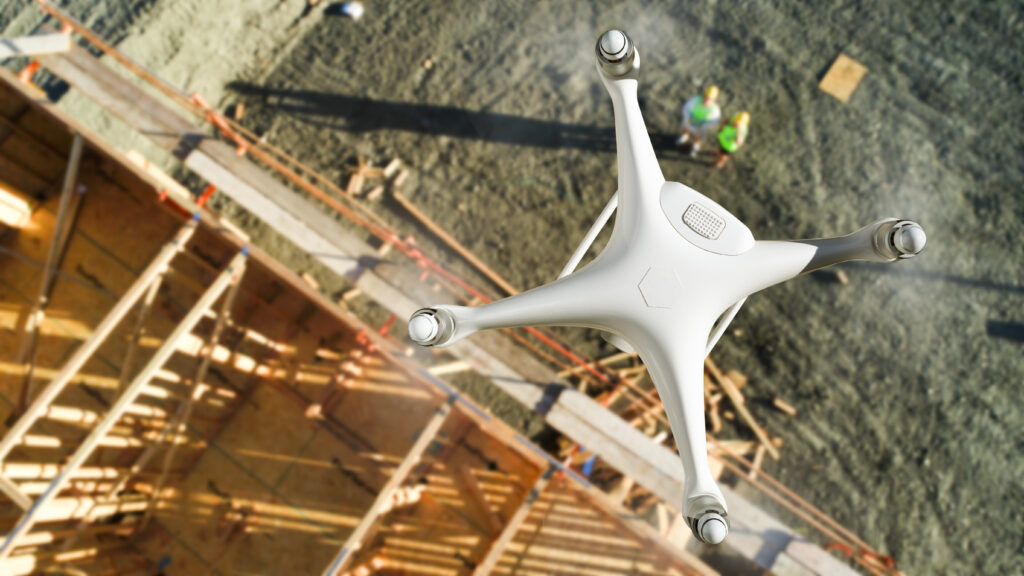
Roofing Technology: Drone Innovation vs. Other Tools
Thermal Drones vs. Infrared Scanners
Drones add mobility and rooftop views. Infrared scanners are ground-based and may miss nuanced roof conditions.
Drones vs. Satellite Imagery
Satellite images may lack clarity. Drones provide precise, high-resolution details and thermal scans for full visibility.
Drones vs. Robotic Crawlers
While roof crawlers are emerging, drones dominate with comprehensive coverage, flexibility, and safety—especially on steep or complex residential roofs.
Overcoming Challenges with Drone Inspections
Weather Factors
Wind or rain may require rescheduling. But once conditions permit, drones fly safely when manual inspections may not be possible.
Privacy Compliance
We maintain a strict protocol—only fly above your property and within regulatory guidelines. Every flight honors your privacy and safety.
Insurance Policies
We’re fully insured to fly and inspect residential properties, ensuring your roof inspection is both safe and protected.
Cost vs. Value: What the Numbers Show
| Metric | Traditional Inspection | Drone Inspection |
| Average Cost | $250–$500 | $150–$300 |
| Risk Factor | Moderate to High | Low |
| Time Required | 1–2 hours | 30–45 minutes |
| Return Visits | Possible if coverage missed | Rarely needed |
| Documentation Quality | Limited photo scope | High-res images + thermal |
| Long-Term Value | Reactive repair | Preventive care |
Take Charge of Your Roof’s Health with Smart Inspections
Modern roofing technology makes it possible to manage your home’s roof proactively and affordably. At Clean Cut Roofing & Siding, our Utah drone roof inspection services help you spot issues early, save on repair costs, and pay for inspections quickly due to reduced overhead.
We integrate technology, experience, and clear communication to deliver reliable reports, effective repairs, and documented records—so your home stays protected year-round.
Let us show you how smart inspections lead to smart savings.
Get a free estimate now and learn how drone-enabled roofing inspections can save you money and stress. We’ll show you the issues, explain your options, and help you move forward with confidence.
